Navigating Human-Wildlife Conflict: Understanding Causes, Impacts, and Solutions
- July 29, 2024
- 0 comment
Human-wildlife conflict (HWC) represents a significant and growing challenge in conservation and sustainable development. As human populations expand and encroach upon natural habitats, interactions between humans and wildlife increase, often leading to negative outcomes for both parties. This article delves into the multifaceted nature of human-wildlife conflict, exploring its causes, consequences, and potential mitigation strategies.
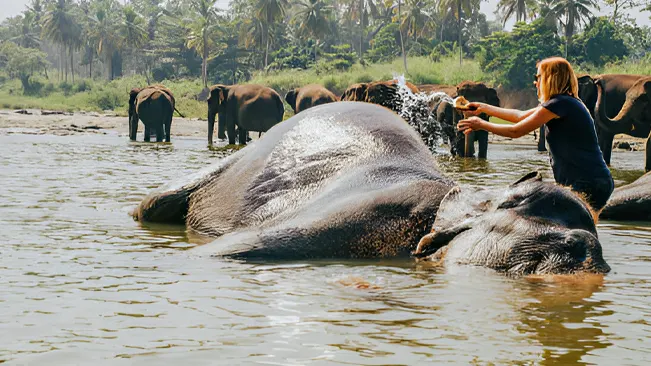
Causes of Human-Wildlife Conflict
Habitat Loss and Fragmentation
Urbanization, agriculture, and infrastructure development are major contributors to the destruction and fragmentation of wildlife habitats. Urban expansion replaces natural landscapes with buildings and roads, drastically reducing the available space for wildlife. Agricultural activities convert diverse ecosystems into farmlands, often monocultures, which provide minimal habitat value for native species.
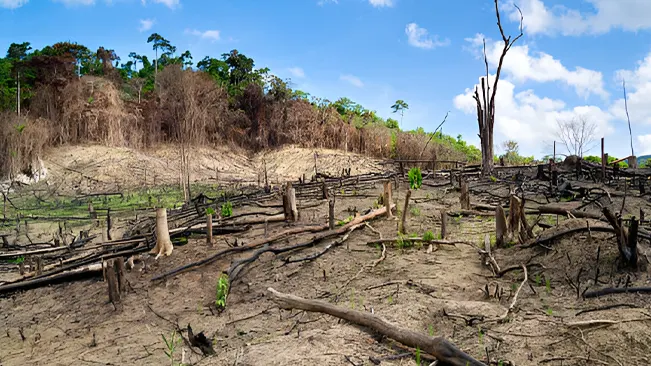
Infrastructure projects, such as highways and railways, create physical barriers that divide habitats, isolating animal populations and disrupting their natural migration and breeding patterns. These disruptions force animals into closer proximity with human populations in their search for food, water, and shelter, leading to increased human-wildlife encounters and conflicts. Such interactions can result in significant economic losses due to crop damage, livestock predation, and property destruction, as well as safety risks for both humans and animals. Effective strategies to mitigate habitat loss and fragmentation are crucial for reducing these conflicts and promoting coexistence between humans and wildlife.
Competition for Resources
Competition for resources is a significant driver of human-wildlife conflict, as both wildlife and humans often vie for essential resources like food and water. As agricultural activities expand into natural habitats, they encroach upon the areas where wildlife traditionally forages. This overlap forces animals such as elephants, primates, and other herbivores to seek out crops as a food source, resulting in crop raiding.
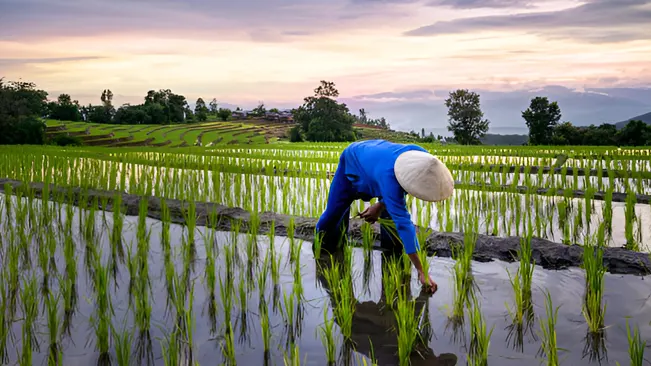
These animals are attracted to the readily available and nutritionally rich crops, which are easier to access than their dwindling natural resources. Consequently, farmers face significant economic losses due to the destruction of their crops, leading to reduced yields and financial instability. Additionally, this competition for resources can escalate tensions between local communities and wildlife, sometimes resulting in retaliatory killings or harmful deterrent measures against animals. Addressing this issue requires sustainable land-use planning and the implementation of conflict mitigation strategies to balance the needs of both human and wildlife populations.
Human Encroachment
Human encroachment into previously undisturbed areas is a major factor contributing to human-wildlife conflict. As human settlements expand, people move into territories that were once the exclusive domain of wildlife. This encroachment disrupts natural wildlife movement patterns and behaviors, as animals are forced to navigate around or through human-occupied areas.

Wildlife corridors are fragmented, leading to restricted access to essential resources like food, water, and mating partners, which can cause stress and unpredictable behavior in animals. The proximity between humans and wildlife increases, heightening the risk of encounters. These encounters often result in negative outcomes, such as attacks on livestock, which can devastate local economies reliant on pastoral activities. In some cases, there are direct attacks on humans, particularly when large predators or territorial animals feel threatened. The situation necessitates urgent and effective measures to manage land use, create safe wildlife corridors, and educate communities on coexistence strategies to mitigate these conflicts.
Socio-Economic Factors
Socio-economic factors play a critical role in human-wildlife conflict. In many regions, poverty and a lack of alternative livelihoods force people to exploit wildlife and their habitats unsustainably. Communities often depend on natural resources for survival, leading to activities such as poaching, logging, and overfishing, which degrade ecosystems and diminish wildlife populations.
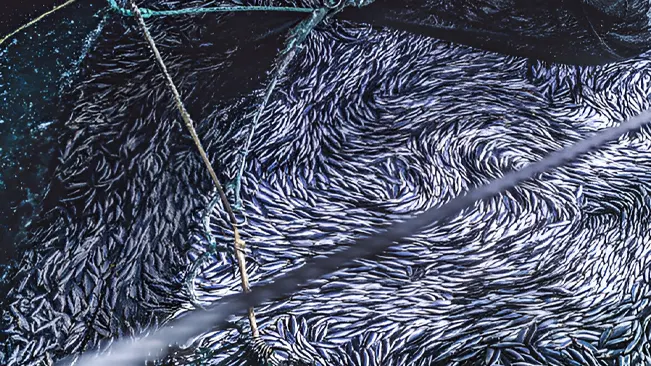
The economic necessity to convert forests into farmland or to hunt wildlife for food and income exacerbates the pressure on these natural resources. Additionally, when wildlife threatens livelihoods by damaging crops or preying on livestock, the economic losses can be devastating for already vulnerable communities. In response, retaliatory killings of wildlife are common, as people seek to protect their assets and ensure their economic survival. This cycle of poverty and environmental degradation highlights the urgent need for sustainable development initiatives that provide alternative livelihoods, financial compensation for losses, and education on conservation practices to foster coexistence between humans and wildlife.
Consequences of Human-Wildlife Conflict
Economic Losses
Crop and property damage caused by wildlife can lead to substantial financial losses for farmers and communities. Livestock predation by carnivores like lions and leopards can devastate pastoralist livelihoods.

Human Safety and Health
Attacks by large mammals, such as elephants, tigers, and bears, pose serious threats to human safety. Zoonotic diseases, transmitted from wildlife to humans, can have significant public health implications.
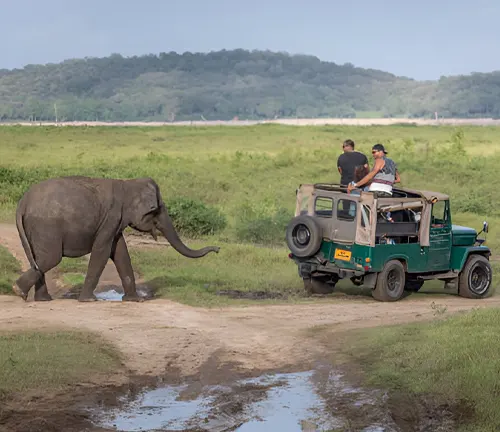
Wildlife Conservation Challenges
Retaliatory killings and poaching reduce wildlife populations, threatening the survival of endangered species. Habitat destruction and fragmentation hinder conservation efforts and disrupt ecosystem services.
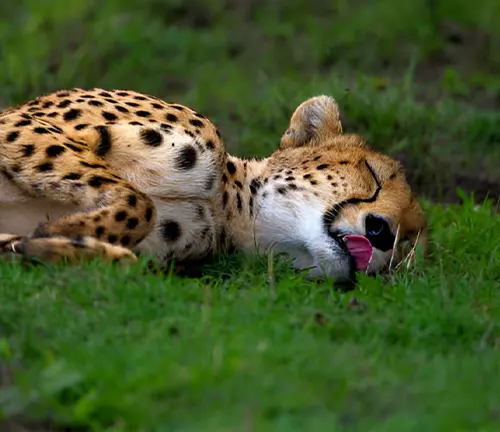
Social and Cultural Impacts
Conflicts can lead to the erosion of traditional values and practices that promote coexistence with wildlife. Social tensions and conflicts within communities can arise from differing attitudes toward wildlife and conservation measures.
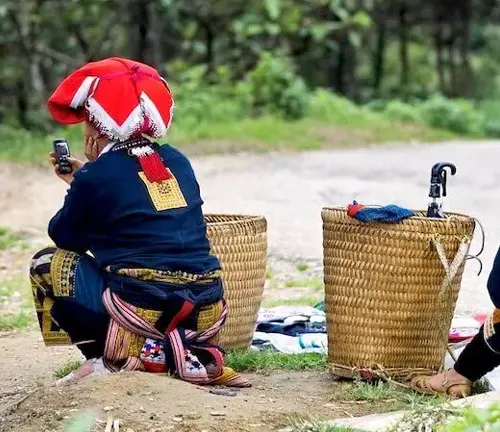
Mitigation Strategies
Addressing human-wildlife conflict requires a multifaceted approach that balances the needs of human populations with wildlife conservation goals.
- Community-Based Approaches
Involving local communities in conservation planning and decision-making fosters a sense of ownership and responsibility.
Promoting alternative livelihoods, such as eco-tourism and sustainable agriculture, reduces dependency on wildlife resources. - Habitat Management and Restoration
Creating and maintaining wildlife corridors enables safe movement of animals between habitats, reducing encounters with humans.
Restoring degraded habitats improves the availability of natural resources for wildlife, reducing their need to venture into human-dominated areas. - Conflict Prevention and Mitigation Techniques
Early warning systems and deterrent measures, such as electric fences and guard dogs, help prevent wildlife from entering human settlements.
Compensation schemes for crop and livestock losses can mitigate economic impacts and reduce retaliatory killings. - Education and Awareness Programs
Raising awareness about the ecological and economic benefits of wildlife conservation encourages coexistence.
Education programs that teach conflict prevention strategies and promote tolerance can change negative perceptions of wildlife. - Policy and Legislative Support
Strong legal frameworks and policies that protect wildlife and their habitats are essential for long-term conflict mitigation.
Enforcement of wildlife protection laws and support for sustainable land-use practices are critical components of effective conflict management.
Case Studies
Several successful case studies demonstrate the effectiveness of integrated approaches to human-wildlife conflict mitigation.
- Living with Lions Initiative, Kenya
This community-based program trains local people as “lion guardians” to monitor lion movements and prevent livestock predation.
The initiative has significantly reduced lion killings and improved local attitudes toward lion conservation. - Elephant Pepper Development Trust, Southern Africa
The trust promotes the use of chili peppers as a natural deterrent to elephants, preventing crop raiding without harming the animals.
This innovative approach has been widely adopted and has reduced human-elephant conflicts in several countries. - Snow Leopard Enterprises, Central Asia
By providing economic incentives for communities to protect snow leopards, this program has reduced retaliatory killings and supported local livelihoods.
The initiative includes training in handicraft production, which generates income for participants.
Conclusion
Human-wildlife conflict is a complex issue that requires holistic and context-specific solutions. By addressing the underlying causes, promoting coexistence, and involving local communities in conservation efforts, it is possible to reduce conflicts and ensure the long-term survival of both human and wildlife populations. Effective conflict mitigation strategies not only protect biodiversity but also contribute to the sustainable development and well-being of human communities.
Frequently Asked Questions (FAQs)
- What is human-wildlife conflict?
Human-wildlife conflict refers to interactions between humans and wildlife that result in negative outcomes, such as property damage, economic losses, and threats to human and animal safety. - What causes human-wildlife conflict?
Key causes include habitat loss and fragmentation, competition for resources, human encroachment into wildlife habitats, and socio-economic factors like poverty and lack of alternative livelihoods. - How does habitat loss contribute to human-wildlife conflict?
Habitat loss forces wildlife into closer proximity with human populations, increasing encounters and conflicts as animals search for food, water, and shelter in human-dominated areas. - What are some examples of human-wildlife conflict?
Examples include crop raiding by elephants, livestock predation by big cats, property damage by bears, and attacks on humans by large predators. - Why do animals raid crops or attack livestock?
Animals often raid crops or attack livestock when their natural habitats are degraded or when they are driven by hunger due to insufficient food resources in the wild. - How do socio-economic factors influence human-wildlife conflict?
Poverty and lack of alternative livelihoods can lead to overexploitation of wildlife and habitats, while economic losses from wildlife damage may provoke retaliatory killings. - What are the consequences of human-wildlife conflict?
Consequences include economic losses, threats to human safety, retaliatory killings of wildlife, and long-term negative impacts on wildlife populations and biodiversity. - What strategies can mitigate human-wildlife conflict?
Strategies include community-based conservation, habitat management, conflict prevention techniques, education and awareness programs, and supportive policies and legislation. - How can communities benefit from wildlife conservation?
Communities can benefit through eco-tourism, sustainable use of natural resources, and financial compensation schemes for wildlife damage, which can provide alternative livelihoods and incentives to protect wildlife. - What role do education and awareness play in reducing human-wildlife conflict?
Education and awareness programs promote understanding of wildlife behavior, teach conflict prevention strategies, and encourage coexistence by highlighting the ecological and economic benefits of wildlife conservation.
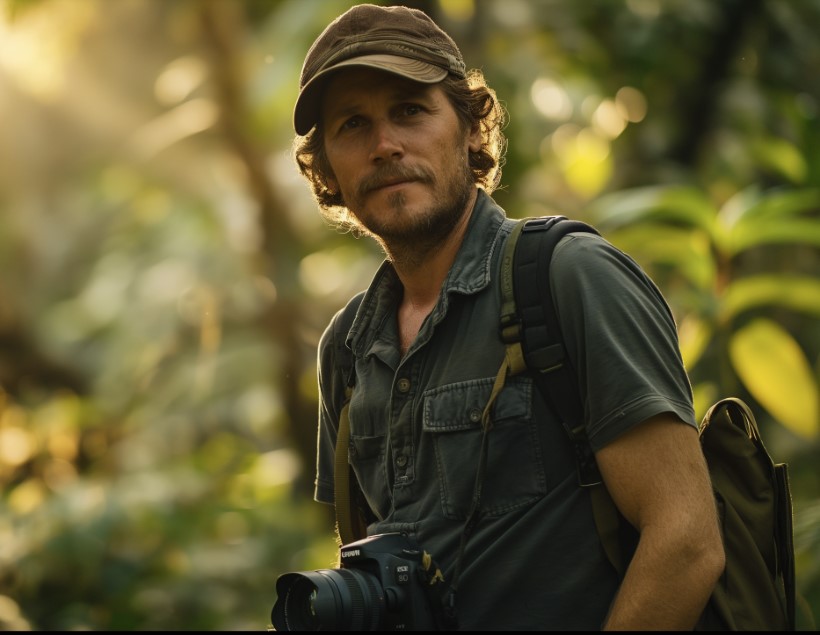
Evan Bennett
Forestry AuthorEvan Bennett brings over a decade of expertise in forestry wildlife management to the forefront, specializing in habitat conservation, biodiversity, and human-wildlife interaction. Evan's work ensures harmonious coexistence between wildlife and human communities through effective and sustainable practices. Continuously engaging in research and workshops, Evan stays at the cutting edge of wildlife management advancements. As a trusted advisor and contributor to leading environmental journals, Evan is dedicated to preserving the natural world for future generations.

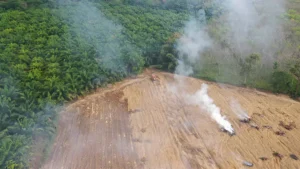

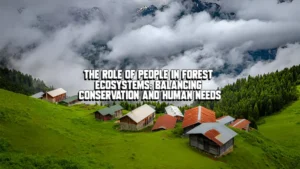
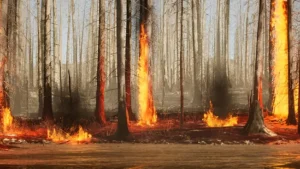

Leave your comment